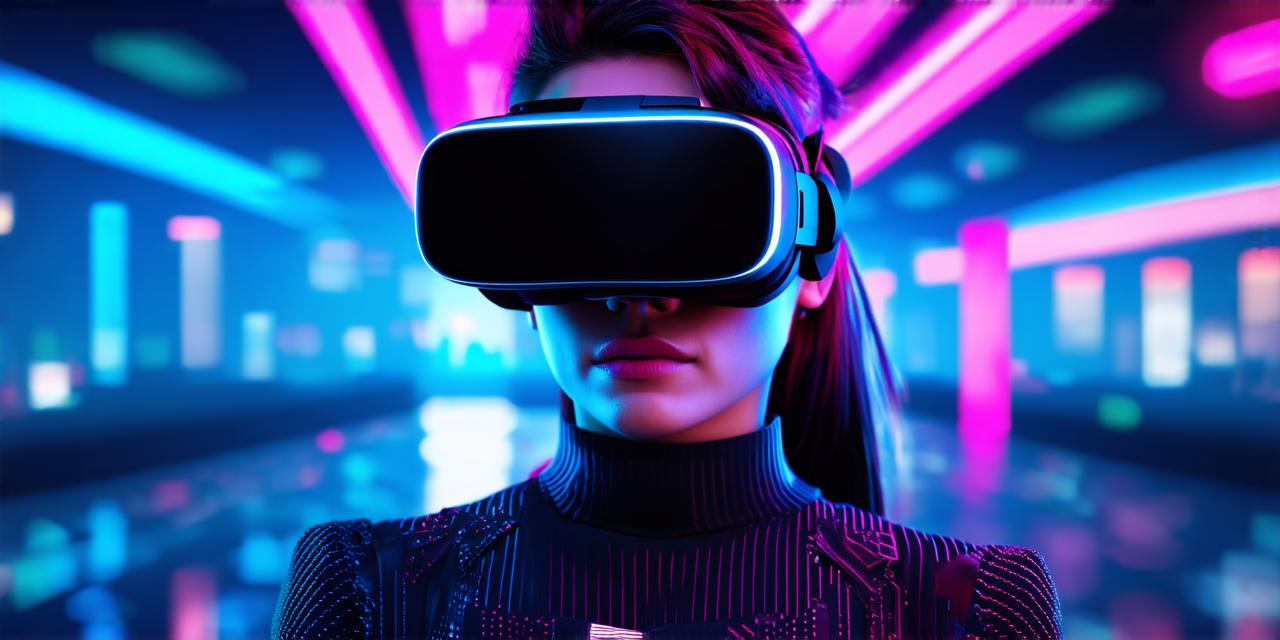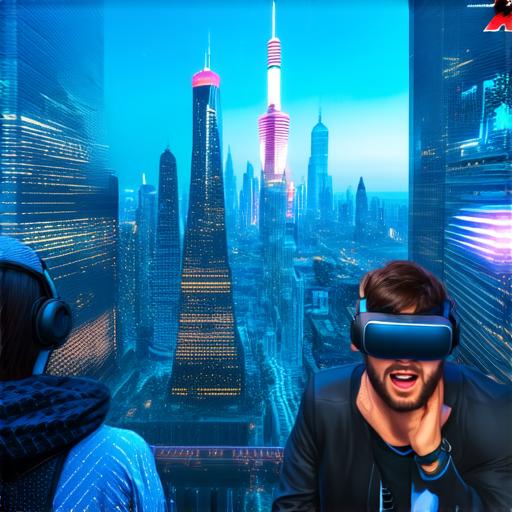
How real can virtual reality feel?
Virtual reality (VR) technology is advancing rapidly and providing users with increasingly immersive experiences. However, some people still question how real virtual environments can feel compared to the real world. In this article, we’ll explore the ways in which VR can provide a sense of presence and realism that rivals or even surpasses reality itself.
The Science Behind Virtual Realism
One of the key factors that contribute to the realism of virtual environments is the brain’s ability to perceive and interpret sensory information. Our brains are wired to process and make sense of the world around us, and VR technology can take advantage of this by providing users with highly accurate simulations of their environment.
Research has shown that when users wear VR headsets, their brain activity patterns closely resemble those of people experiencing real-world environments. For example, a study published in the journal Nature Communications found that participants who wore VR headsets while watching a horror movie had similar levels of neural activation to those who watched the same movie in real life.
Another factor that contributes to the realism of virtual environments is the use of high-quality visual and audio cues. VR technology can create highly detailed and realistic graphics, as well as provide users with spatially accurate audio that adds to the overall immersion of the experience.
Case Studies: Bringing Virtual Environments to Life
One example of a virtual environment that feels incredibly real is the “HoloDeck” from Star Trek. In this fictional device, users can enter a fully immersive and interactive virtual world where they can interact with objects and characters in a way that feels completely natural.
While the HoloDeck is still purely science fiction, there are already plenty of real-world examples of virtual environments that feel incredibly realistic. For example, many video games use advanced VR technology to create highly immersive gaming experiences that feel almost indistinguishable from reality.
Another area where virtual environments are being used to create highly realistic experiences is in training and simulation. Medical students, for example, can use VR simulations to practice surgical procedures in a safe and controlled environment. Similarly, pilots can use virtual flight simulators to train for real-world flights, allowing them to experience the thrills and challenges of flying without the risks associated with actual flight.
Personal Experiences: Feeling the Real Thing

As a virtual reality developer, I have had the opportunity to create and experience some truly immersive virtual environments. One of my favorite experiences was creating a virtual tour of a historic museum. Users could explore the museum at their own pace, interacting with exhibits and learning more about the history of the artifacts on display.
What made this experience so special was the way in which the virtual environment felt so real. The graphics were highly detailed and accurate, and the audio provided a sense of spatial presence that made users feel like they were really standing in the museum. This sense of presence is what makes virtual environments so powerful – they can transport users to another world, allowing them to experience things that they might never be able to in real life.
Conclusion
In conclusion, virtual reality technology is becoming increasingly sophisticated and capable of providing users with highly immersive and realistic experiences. The science behind VR suggests that our brains are wired to process and interpret sensory information in a way that makes virtual environments feel incredibly real. Whether it’s the HoloDeck from Star Trek or a virtual flight simulator, there are plenty of real-world examples of virtual environments that provide users with a sense of presence and realism that rivals or even surpasses reality itself.


